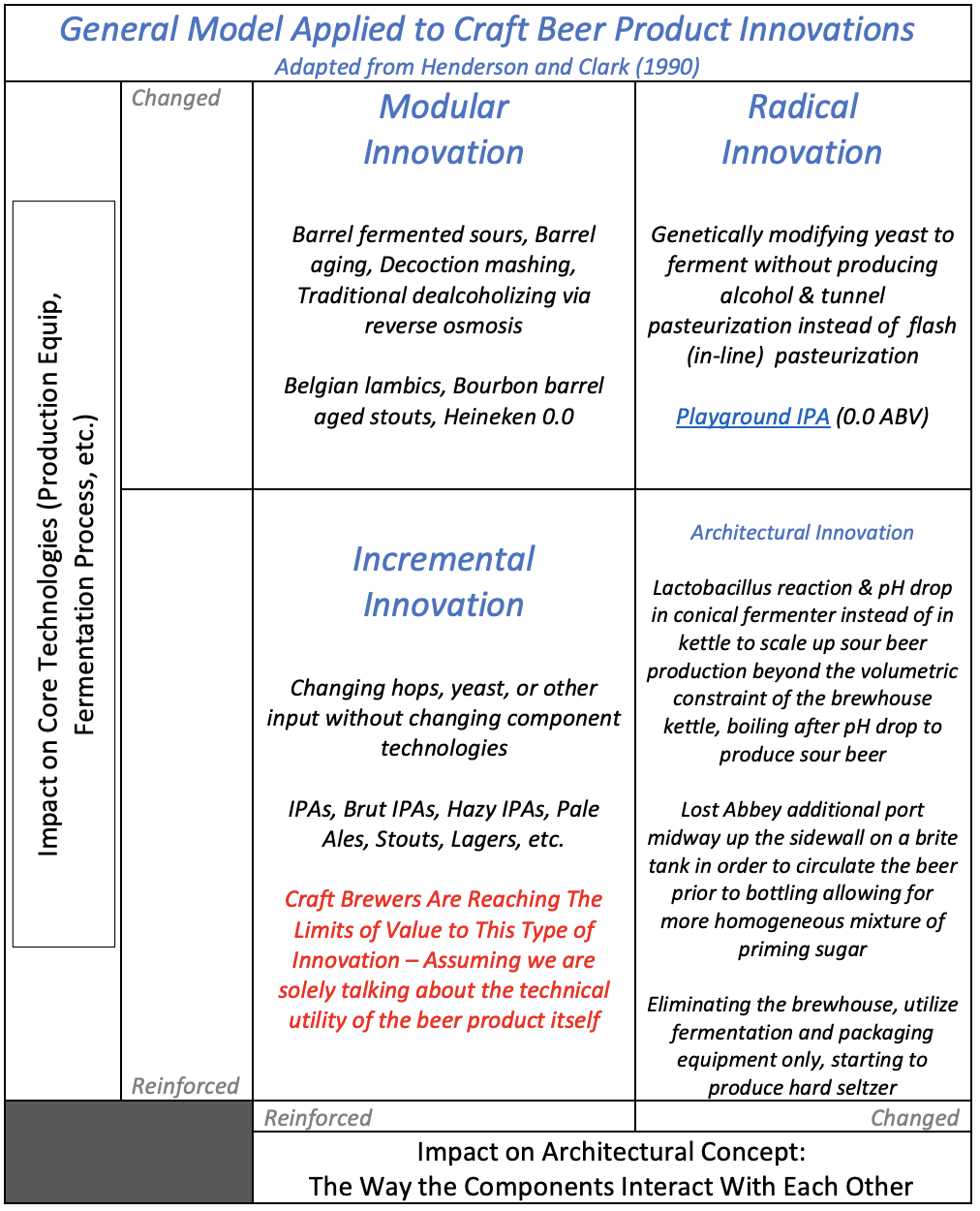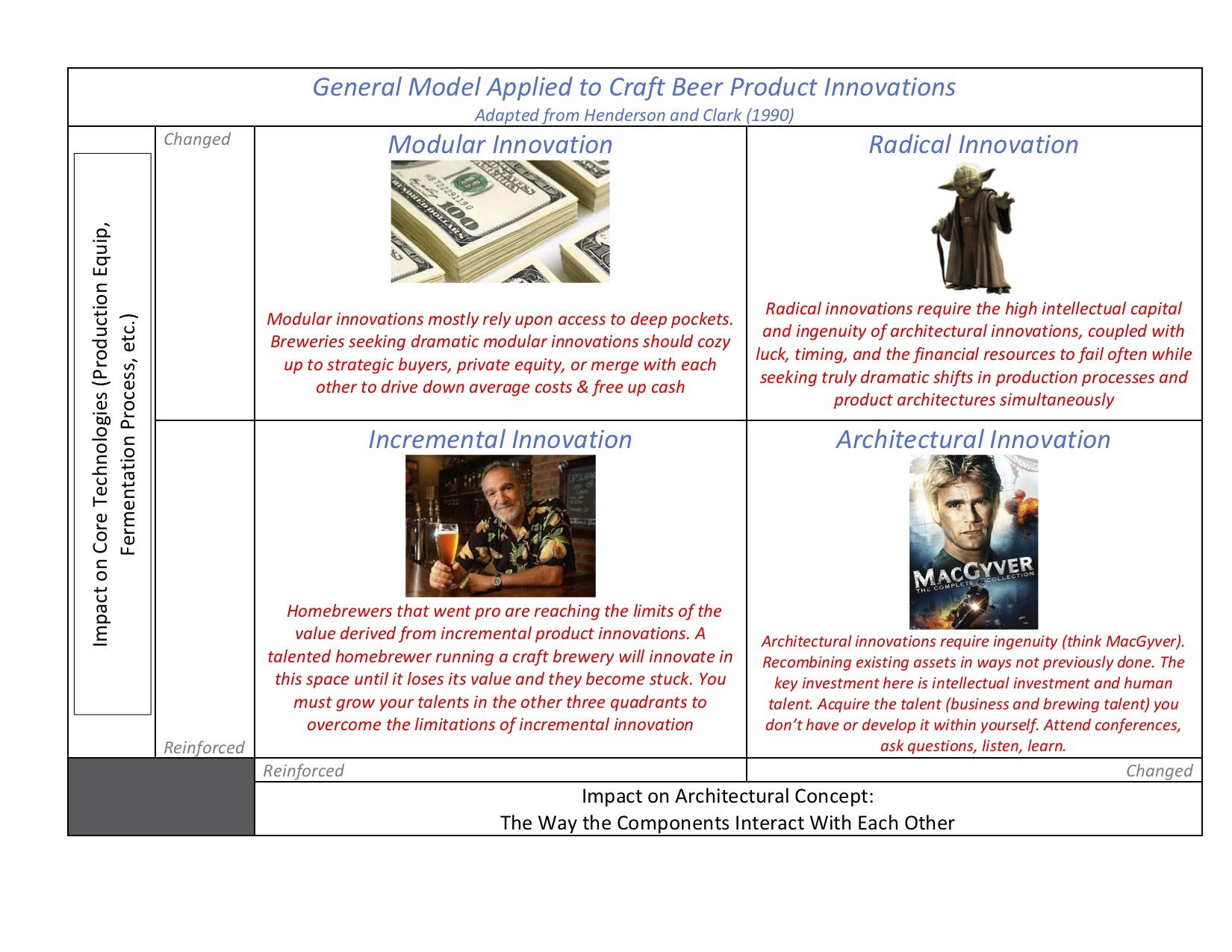Recent Blog Posts
- Is 2021 The Most Important Year Ever For Your Brewery To Win A Medal?
- Creating New Demand In 2021 and Beyond
- What Does Sweetwater Brewing Company’s Sale Mean For Most Small Breweries?
- A Helping Hand For Cash Strapped Breweries
- Has Craft Beer Flavor Innovation Played Itself Out?
- Brewery Staff Attire
- Craft beer is NOT depressed, but the Brewers Association may be...
- Nailing the Basics: Inventory for a Brewery
- Has the BA Become Too Big to Succeed?
- Making Sense of the Revised Craft Brewer Definition
- Two Weeks That Changed My Brewery's Strategy
- Don't Get Stuck in the Middle: European Ownership, Flagship Strategies, & Craft Beer Market Growth
- Goodwill Can Be an Asset for Your Brewery
- Update on Craft Beer in Australia
- 12 NW Whiskeys Reviewed
Submitted by
SUBMITTED BY cas_admin ON Sun, 01/05/2020 - 16:14
A Conversation with Tomme Arthur
Co-Founder and COO, The Lost Abbey
In late November 2019, Tomme Arthur reached out to Sam Holloway at Crafting A Strategy and asked a few questions about innovation in craft beer, hard seltzer, and strategies for small and independent craft breweries in 2020 and beyond. Tomme was preparing for a speech to kick off Brewbound Live in December 2019, and if you haven’t had a chance to watch that speech, he absolutely nailed it. We found working with Tomme to be extremely helpful in our own thinking, and we asked Tomme if we could create this blog so other people could benefit from the process we went through to decide how craft breweries should view innovation in 2020 and beyond.
This blog will take you through the thought process Sam Holloway (CAS President), Mark Meckler (CAS V.P. of Strategy & Curriculum) and CAS Member Expert, Jeff Althouse (Oakshire Brewing, Eugene, OR) used to craft a response to Tomme’s innovation questions. We think it will be useful to any craft brewery owner, brewer, or beer industry stakeholder who is worried about innovation and wondering if we’ve reached the limits of innovation when it comes to beer flavors.
Here were Tomme’s initial questions (sent via email, in italics below): In short, our answers were: What follows is a look at innovation theory (Henderson and Clark 1990) to support our answers to Tomme’s questions. We use pictures and tables to define, develop, and apply the different types of innovation to the craft beer industry of today and the future of beer/flavor innovation. The first two tables define the concepts. The third table introduces examples of each concept from the perspective of craft beer flavor and style innovations. The last table offers strategic advice for breweries to consider.
If you have additional questions, send us an email or visit our website. We also offer a free newsletter each week that discusses how to run a better beer business. If you like what you see, you can join hundreds of craft brewing entrepreneurs in 19 countries who belong to our online community. At only $99/year, we feel it is the best value available in craft beer business education. There are four main types of innovation and they vary based on whether you are changing the components of a product or process (new/different equipment or processes) or whether you are changing the way your existing processes "talk to each other." At Crafting A Strategy, we believe strongly that most craft brewers only innovate beer flavors & beer products in one fashion - incremental innovations (lower left quadrant of the 2X2 below). If craft brewers want to continue to benefit from innovation, they need to think more broadly about their whole production process (the other 3 quadrants in the 2X2), and not simply the hops/yeast/barley or incremental input changes.
Four Main Types of Innovation
Adapted from Henderson and Clark (1990)
Table 1 - Generic Model of Types of Innovation

Table 2 - Definitions of Each Type of Innovation

Table 3 - Craft Beer Example Innovations for Each Type

Table 4 - Strategic Implications for Craft Breweries


